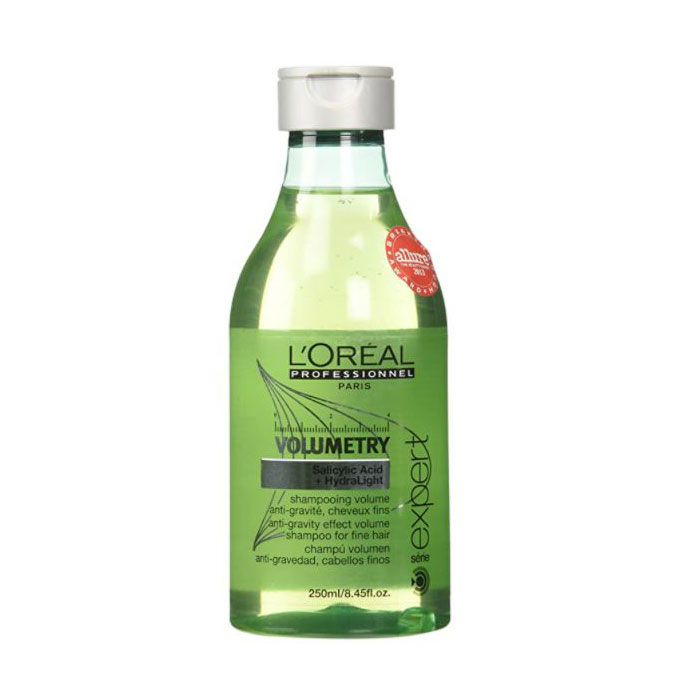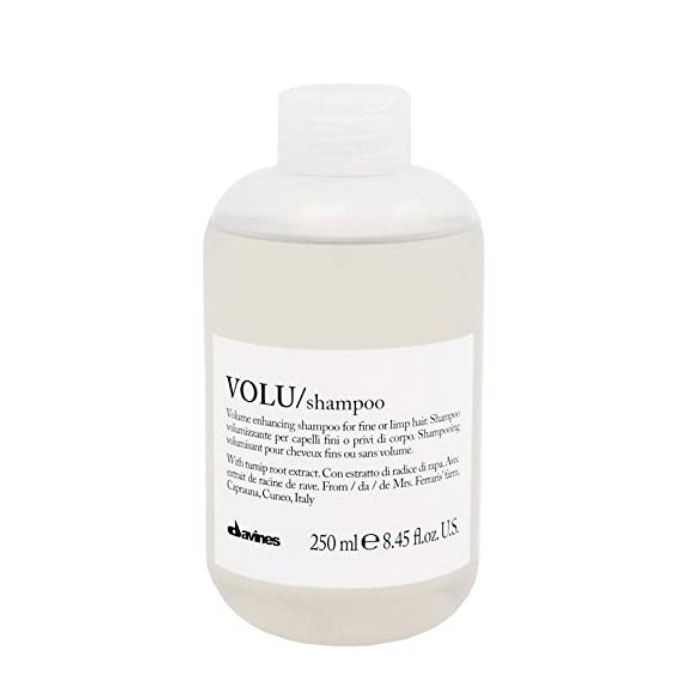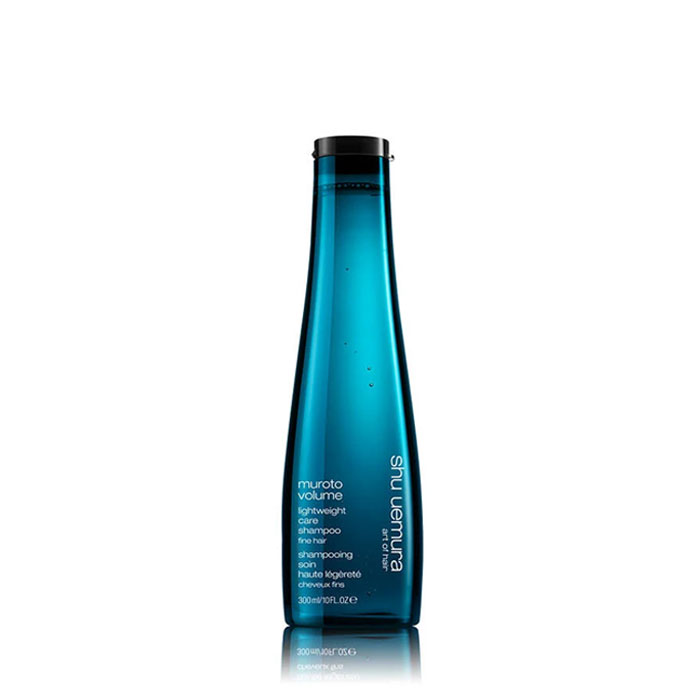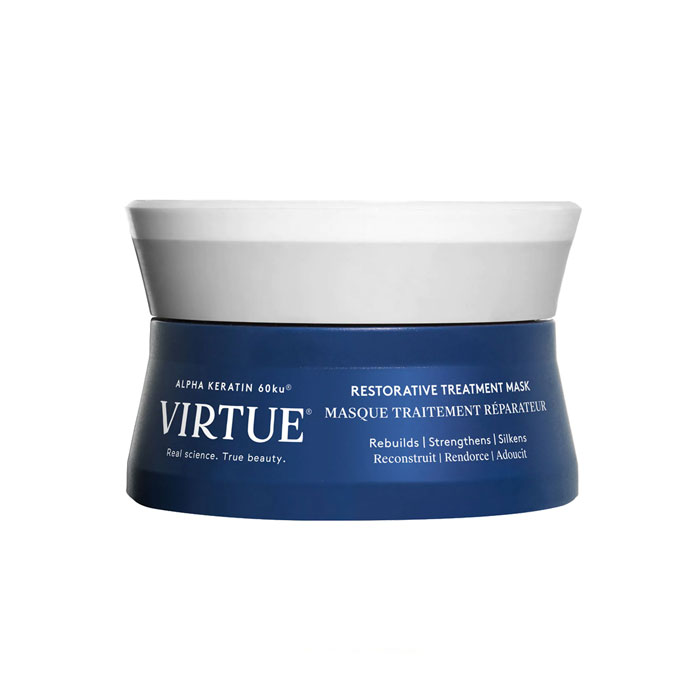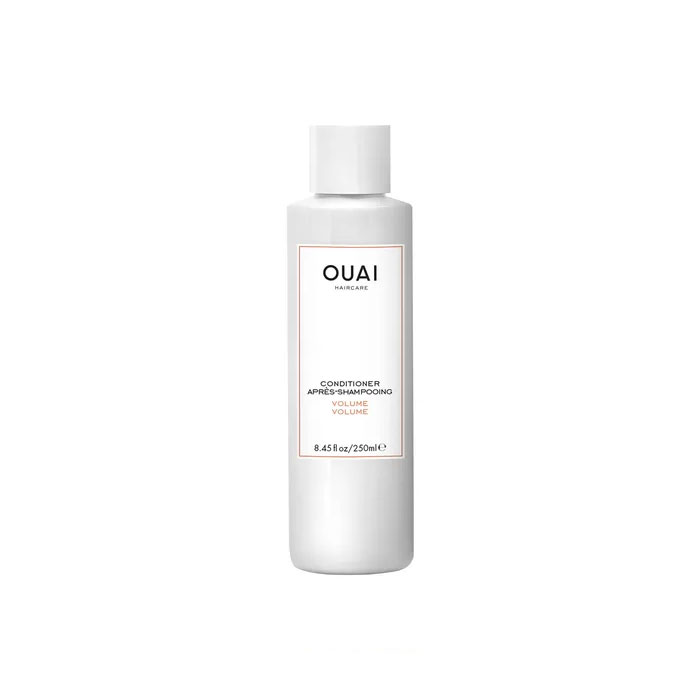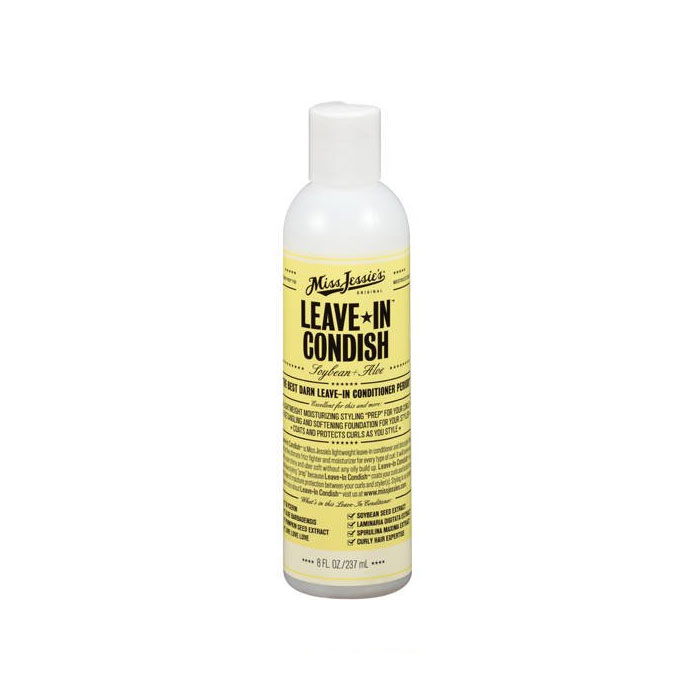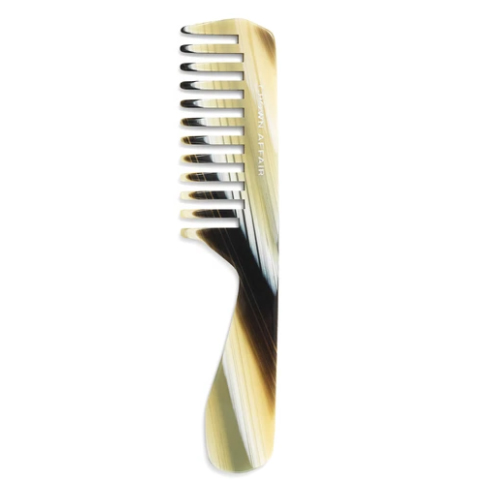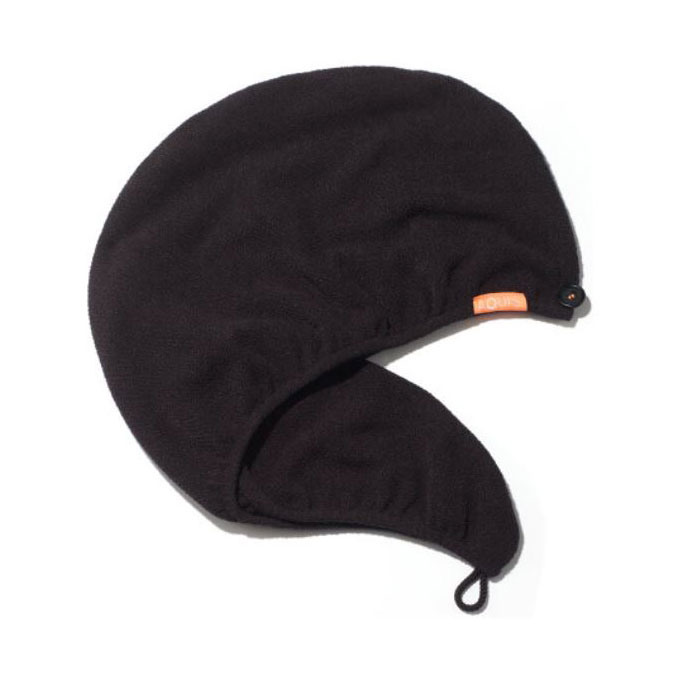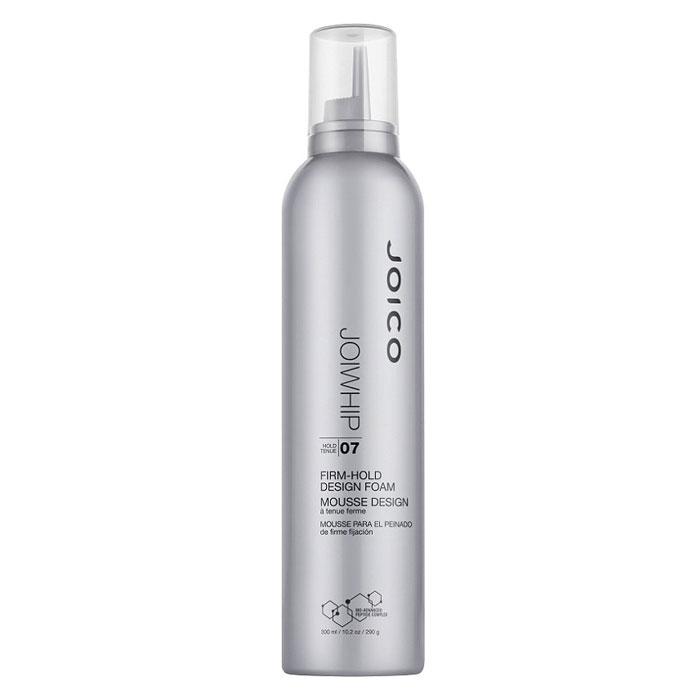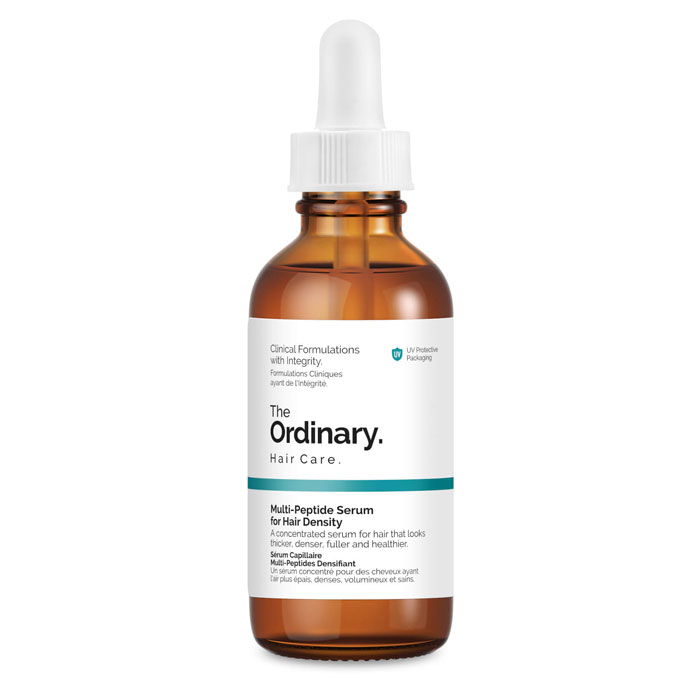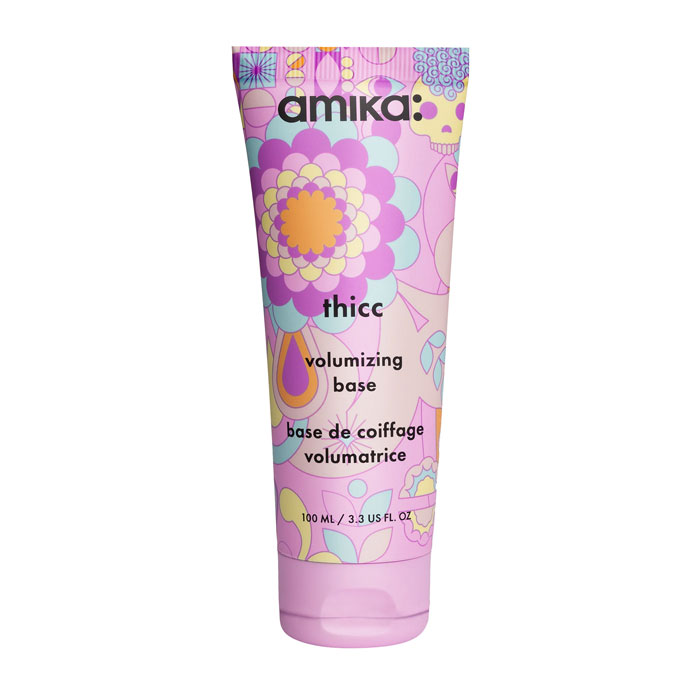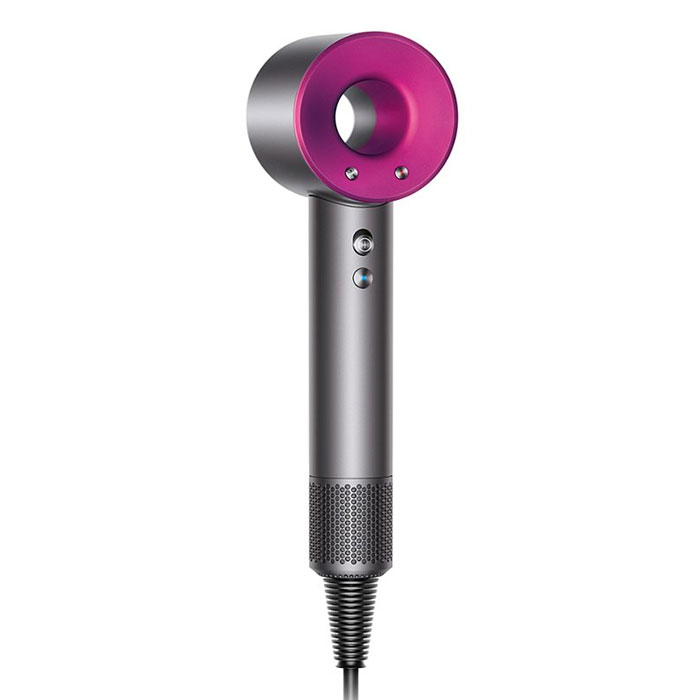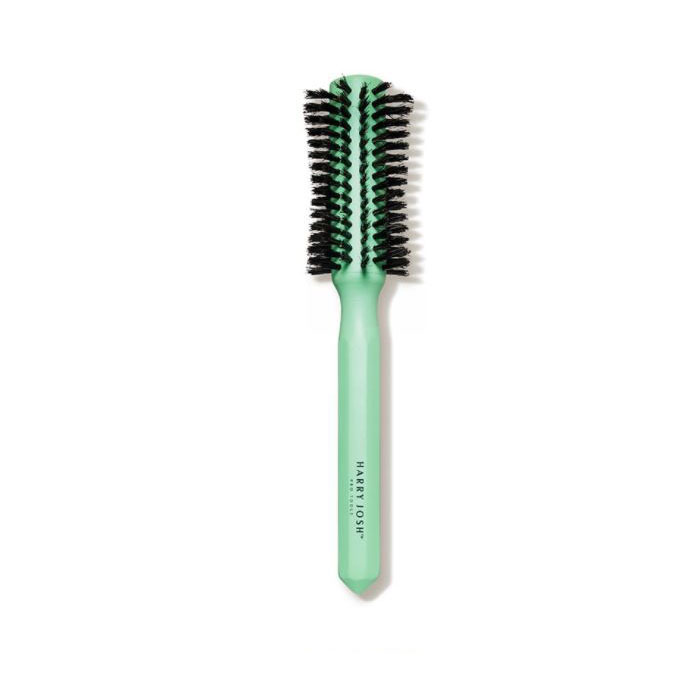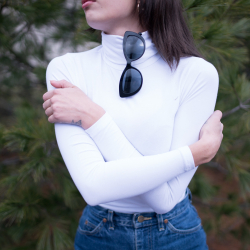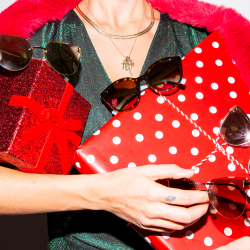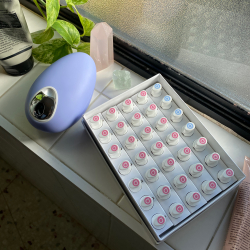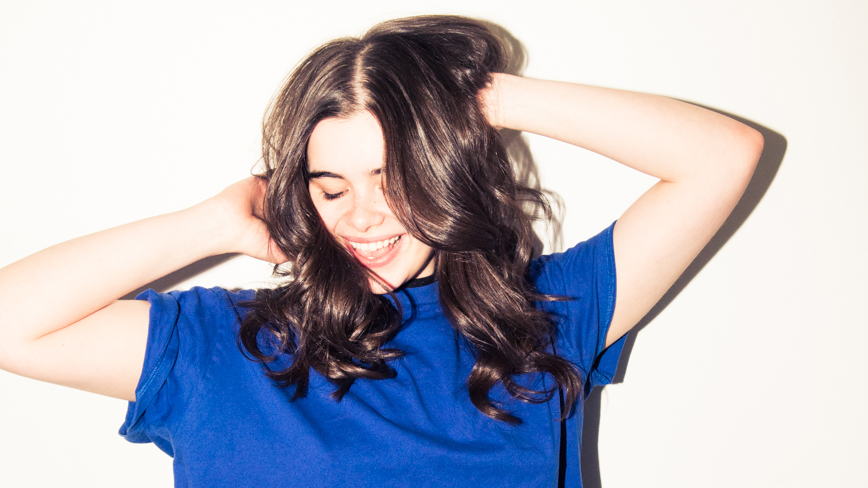
4 Ways to Get Maximum Hair Volume with Minimal Effort
Zero teasing or hairspray involved.
When looking back on hairstyles of the past, we see beautiful baby bangs in the ’50s, wispy Farrah waves in the ’70s, and huge hair in the ’80s. To be honest, we’re amazed that people were able to defy the laws of gravity with all that hairspray and teasing without completely frying their locks off. Well, news flash—a lot of them did.
Many of the techniques people used 30+ years ago were extremely detrimental to the health of their hair, but we can’t deny that we’re envious of all that delicious volume, especially during a time when hair loss is one of our top concerns in terms of our hair health. It’s been a stressful year, folks. So how can we, in 2020, learn to master the art of adding volume to our hair without also damaging it? We turned to Drew Schaefering, master stylist, editorial expert and senior educator at Rob Peetoom Salon Williamsburg, for his best tips and tricks to add volume to all hair types. Here are four key ways to add volume to your hair—without all that teasing or hairspray.
Clean Hair Is Key
You’ve probably seen it yourself during your third, fourth, or fifth day of not washing your hair (depending on your texture and density), but if you haven’t, we’re here to break the news to you: That hair is covered in our natural oils, which our scalps produce to moisturize the skin and hair. While it’s good for keeping your hair hydrated, too much of it weighs it down, making your hair look far less voluminous than it does right after a good wash.
Schaefering tells Coveteur, “To achieve volume means to defy weight within the hair. Taking this into consideration, the longer your hair is, the more is needed to achieve volume. The cleaner your hair is, the less it will weigh and the easier [it will be] to achieve volume. Try using a volumizing cleanser with salicylic acid to counteract oil on the scalp, or a texturizing shampoo that leaves behind thickening polymers in the hair.”
To properly clean your hair during each shower, start by lathering the shampoo in your hands and focus the product on your roots. Then, after you scrub every last square inch of your scalp, run the shampoo through the ends of your hair. Rinse the product out, and repeat the process to ensure clean hair.
Shop Schaefering’s Picks:
As far as conditioner goes, Schaefering reveals that it’s OK to go without conditioning for the day—if your hair can handle it. “Conditioners are used to add moisture back into hair strands and prevent them from being dry and/or brittle. To achieve the maximum volume, it’s best not to use [a] conditioner if your hair can withstand not adding it back in,” he says. “[Yet not using conditioner] can be damaging to your hair and your ends, like washing your face and not applying moisturizer. Try avoiding conditioners for a specific day or evening alone and use a moisturizing mask to repair your ends on another wash day to maintain balance.
If your hair isn’t going to do so well without conditioning (curly girls, we’re talking to you), try using a lighter formula designed to promote volume and use less of it, only on the ends, “to avoid oily scalp buildup that will weigh your hair down.” A lighter leave-in conditioner will help keep your hair hydrated without all that extra weight (minus any frizz or breakage).
Direct Your Strands
Our natural parts are great at directing hair where to fall, but are terrible at maintaining volume in our hair as it dries. Why is that the case? Hair tends to fall in a way that creates minimal volume at the roots, resulting in hair that seems much less full than it’s capable of being. To combat this, after you exit the shower, make sure to squeeze any excess water from your hair with an old t-shirt or a microfiber towel. Schaefering mentions, “After detangling your hair, combing the opposite way that it grows as it dries will lift the roots off your scalp, resulting in volume and lift instead of lying flat. When detangling your hair, try to be gentle and not tug on it too much; this will keep the natural body in the hair at your roots and result in more lift.”
Products Are Necessary
Once hair is damp, you can begin the process of adding volume back into it. Schaefering reveals that the crème de la crème of all styling products, when it comes to adding volume to all hair types, is some good old-fashioned hair mousse. He explains, “Mousses are going to have the most impact in general, as they usually contain a higher concentration of polymers,” which are the ingredients that promote structure and shape within the hair.
We must admit, however, there are *many* mousses out there, making the decision for the best volumizing mousse a tricky one. Thinner, creamier mousses, as Schaefering reveals, are water based, which will add moisture to the hair and subsequently weigh it down. The best mousses for adding volume are going to be the ones that are thicker in their composition, as these formulas are alcohol based and will dry much quicker. Schaefering recommends to “start with a palm full [of mousse] and apply at your roots. Then comb [the product] through and add more to the ends. If we only apply the product to the roots, the ends could be wimpier and hold less shape and volume. Be sure to go from root to ends and even layer a second coating after your hair is dry for maximum effect.”
For thin and fine hair, try using a texturizing serum or thickening cream before applying mousse to create more body in hair that might seem shapeless. As far as curly hair goes, Schaefering reveals, “A texturizing serum at the roots will help curly hair maintain its lift off the scalp as long as you’re careful applying it. Flip your head over and massage your scalp [when] your curls need a lift. The light massaging motion helps disrupt the curl patterns and spread the volume out. Just be careful not to disrupt your curls everywhere, causing frizz.”
Blow It Out…But Correctly
When blow-drying hair, it can be tempting to haphazardly wave the dryer around your head. Yet, as with any other beauty routine, there are specific techniques you should use while giving yourself a blowout to achieve the look you want. “Depending on your hair type, make sure you use the right amount of heat, speed, [and] airflow. I alternate my Dyson Supersonic between medium settings for finer hair and a higher setting for more coarse, thicker strands,” says Schaefering. “When someone wants to achieve as much volume as possible, it’s essential to not only dry the hair opposite from the direction it grows, but also to stretch and cool it going against the grain.”
Begin by flipping your hair in a direction opposite to how it grows, and use a medium heat setting to warm up the hair. Schaefering states, “Use a smaller round brush for more volume. The more length it takes for your hair to travel around the curve of the brush, the less lift it will have off the scalp.” After the hair is dry, make sure to shock it with cool air in order to maintain the integrity of the shape you create while blowing it out. All that’s left to do is sit back and admire your luscious, voluminous hair—no teasing or hairspray required.
Want more stories like this?
You Thought Korean Skin Care Was Intense? Try Korean Hair Care
Are Clarifying Shampoos the Secret to Keeping Your Hair & Scalp Healthy?
I’m a Black Woman Who Is Still Afraid That Non-BIPOC Stylists Won’t Understand My Hair





